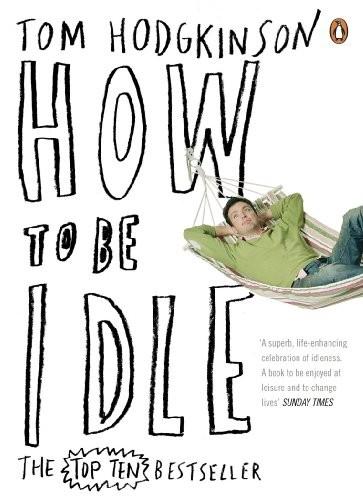
How to Be Idle
by
Tom Hodgkinson
Published 1 Jan 2004
Who ' s going to spend days hanging out at cafes? It ' s gone. ' And what' s the result of all this coffee-drinking? We ' re all wired. The UK is beginning to resemble the USA where drinking alcohol has been replaced by drinking coffee. So instead of being half cut all afternoon as in the days of the three-martini lunch, businessmen are wound up on caffeine, perspiring, worrying, rushing, shouting at junior staff and developing ulcers. I ' m certain that we will soon discover the appalling effect of this coffee frenzy on the nation ' s physical and mental health. Truly, the coffee culture is inimical to the idler.
…
But not so long ago, in London and in New York City those two poles of the work ethic - the leisurely lunch thrived. ' New York is the greatest city in the world for lunch . . . That' s the gregarious time, ' wrote the humorist William Emerson, Jr, in 1 975 in Newsweek. These lunches were seriously booze-soaked, too; the president Gerald Ford in a 1 978 speech said, ' The three-martini lunch is the epitome of American efficiency. Where else can you get an earful, a bellyful and a snootful at the same time? ' And why has such wit and light humour disappeared from presidential discourse? Now if you 've ever had three martinis you ' ll know that the effect is powerful. They are so strong that you practically inhale them.
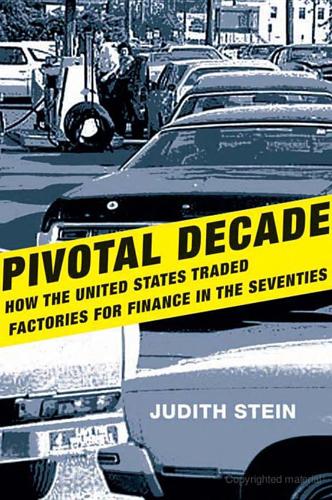
Pivotal Decade: How the United States Traded Factories for Finance in the Seventies
by
Judith Stein
Published 30 Apr 2010
Ralph Nader endorsed the revenue-raising measures and opposed the business tax cuts.71 Groups targeted specific parts; for example, the restaurant and hotel industry claimed that thousands of jobs would be lost as a result of ending some of the deductions for business expenses, the so-called three martini lunch. Underlying the whole process was the crisis in Keynesianism. Initially, Carter had introduced a tax reform package that did not intersect with the actual economy. When growth issues entered the tax package, the government hesitated and faltered. No one had faith that this kind of fine tuning could get the job done.
…
Streamlining the budget process, a reform enacted several years earlier, was one of his proudest moments. Even if he had been more forceful, new rules had reduced the power of chairs. The first committee votes—to abolish deductions for state and local sales taxes and property taxes—went against the president. Carter’s rhetoric against special interests worked against the three-martini lunch but not against the deduction of local taxes, which middle-class taxpayers had enjoyed. Carter argued that citizens would more than regain their losses in the general rate reduction that was also a part of the package. But not many people believed him. The math for those earning $25,000 to $30,000 a year was not so clear when calculated with the social security increases.
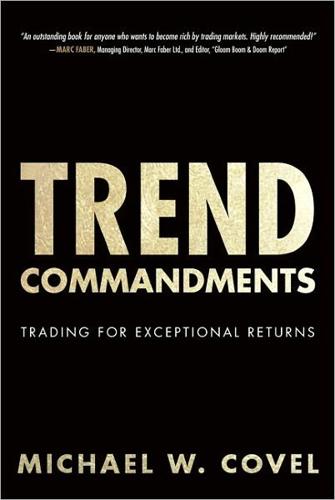
Trend Commandments: Trading for Exceptional Returns
by
Michael W. Covel
Published 14 Jun 2011
What did they do exactly? Trend followers made money in many different markets: oil, bonds, currencies, stocks, and commodities—via up and down trends going both long and short. Of course, there was zilch press coverage of their big wins. Academics and their peer-reviewed journals—nope— they were at the three-martini lunch too. Lack of public profile is nothing new—trend following anonymity goes back 50 years. (I probably have the most complete private trend following library available, but very little of it is online or at universities.) The reason trend following performs so well when equity markets perform worst is straightforward: When an event happens, it reinforces a crisis mentality already in place, and trends drive toward a final conclusion—where the really big money is made as fear reaches a zenith, and markets go parabolic.
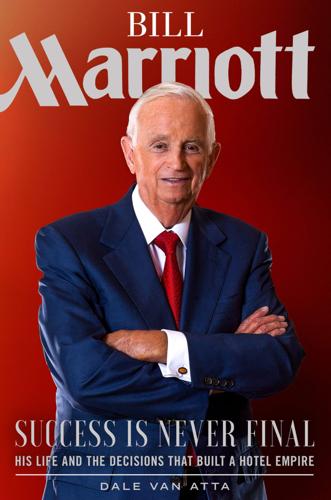
Bill Marriott: Success Is Never Final--His Life and the Decisions That Built a Hotel Empire
by
Dale van Atta
Published 14 Aug 2019
We are a free enterprise nation, and we must insure that the next generation knows the basics of our capitalist system.” The array of Carter-spawned legislation that directly threatened Marriott and the American economy as a whole had propelled Bill into the political arena. For example, Carter proposed legislation to end the so-called “three-martini lunch” by severely curtailing business tax deductions for meals and entertainment. “The three-martini lunch is so rare that it is basically a myth,” Bill declared to the press. “The average businessman’s lunch is a hamburger and Coke costing $3 or less. The Hotel and Restaurant Association is violently opposed to the legislation, as am I. If it’s enacted, within the first year we’ll have to cut about 2,700 permanent jobs at Marriott.
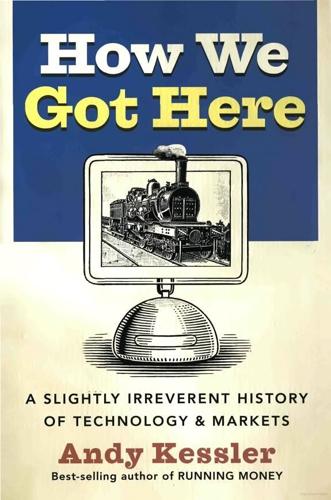
How We Got Here: A Slightly Irreverent History of Technology and Markets
by
Andy Kessler
Published 13 Jun 2005
A new style of investing has emerged that is fast and furious, buying and selling baskets of hot chips, if you will. Unlike buying industrial dinosaurs, this style encourages both the formation of risk capital for entrepreneurs, and an exit strategy for venture capitalists that fund entrepreneurs. No three-martini lunches for this crowd. Managers at these funds work at a frenetic pace, always looking for the latest and greatest. They are willing to invest in higher risk businesses, if they think there is fast trading execution and enough liquidity for them to get out if they perceive things might soon get dicey.

Big Data at Work: Dispelling the Myths, Uncovering the Opportunities
by
Thomas H. Davenport
Published 4 Feb 2014
Chapter_03.indd 64 03/12/13 11:28 AM Developing a Big Data Strategy 65 • We’re going to use many more variables and more data to compute a real-time offer for our customers. • We’re going to be able to respond much more rapidly to contingencies in our environment. Bad answers (at least in strict business terms) include playing more golf, drinking more coffee, or finally having enough time for that three-martini lunch. Developing New Offerings To my mind, the most ambitious thing an organization can do with big data is to employ it in developing new product and service offerings based on data. One of the best at this is LinkedIn, which has used big data and data scientists to develop a broad array of product offerings and features.

Blitzscaling: The Lightning-Fast Path to Building Massively Valuable Companies
by
Reid Hoffman
and
Chris Yeh
Published 14 Apr 2018
Contrast this to the traditional advertising market, in which large clients spend millions of dollars paying advertising agencies to run expensive thirty-second television ads during coveted programming like the Super Bowl broadcast. Google’s system also measures advertising quality; ads targeted at its audience to generate the most paid click-throughs are favored. The net effect is that consumers are shown the most effectively targeted ads, without the overhead of a middleman like Don Draper and his three-martini lunch. Google also increases its own gross margin, because, unlike commercials during a television broadcast, search-based ad space is virtually unlimited and costs Google next to nothing. Although marketplaces, even local ones, have always been a powerful business model, the changes ushered in by the Networked Age have made them potentially more valuable than ever.
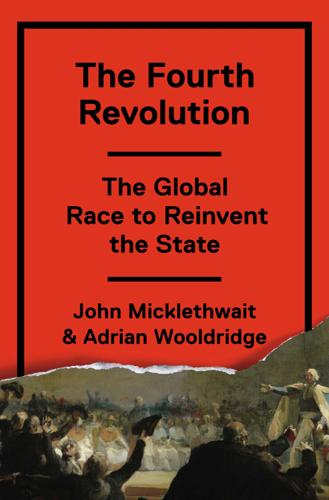
The Fourth Revolution: The Global Race to Reinvent the State
by
John Micklethwait
and
Adrian Wooldridge
Published 14 May 2014
But there is nothing kindergartenish about the company’s success: Google has grown from an inspired hunch of two Stanford students in 1998 to a veritable Googlezilla that controls 80 percent of all searches online, dominates online advertising, and is even promising to revolutionize Sloan’s old business with the driverless car. Only 1 percent of applicants to the company are given a job. They work much longer hours than the GMers of old (who, to Sloan’s disapproval, were not averse to three-martini lunches and leisurely golf games), and to keep them at work, Google provides them with everything they need, from dry cleaners and masseurs to Wi-Fi–equipped company buses. Since Sloan’s day, companies have rethought almost all the great man’s assumptions about management. They have replaced steep hierarchies with fluid networks.
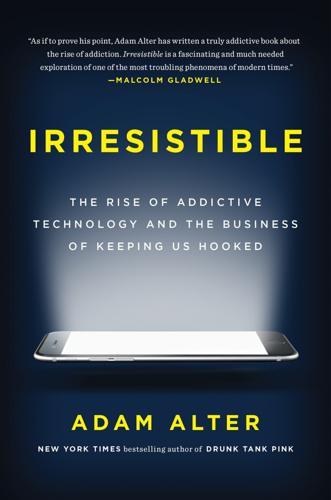
Irresistible: The Rise of Addictive Technology and the Business of Keeping Us Hooked
by
Adam L. Alter
Published 15 Feb 2017
Routtenberg remembers an experiment that showed the power of the pleasure center: One of the nice things about being a professor is that you can study whatever you like. I wanted to see what would happen if I made the bar-pressing animals drunk. I injected the alcoholic equivalent of a three-martini lunch into several rats, who just fell over. We lifted them up—as you’d drag a drunkard from the bar—and we led them over to the small metal bar. We laid them down so their heads brushed against the bar, which delivered a shock to their brains. In no time, these rats started pressing the bar over and over again.
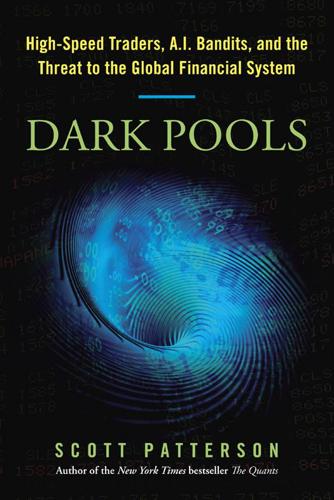
Dark Pools: The Rise of the Machine Traders and the Rigging of the U.S. Stock Market
by
Scott Patterson
Published 11 Jun 2012
Few people at the time believed computers could play more than a marginal role on Wall Street. Beyond record keeping or putting a quote up on a screen, it seemed to many that computers were little more than a tool to help the experts ply their trade on the phone or face-to-face. It was a people’s business built on three-martini lunches. Levine thought otherwise. He briefly enrolled in the elite electrical engineering program at Carnegie Mellon University in Pittsburgh. But his freelance career proved too successful, and he quickly dropped out. Levine’s aversion to school had nothing to do with a lack of ambition or ability.

Priceless: The Myth of Fair Value (And How to Take Advantage of It)
by
William Poundstone
Published 1 Jan 2010
This sometimes led to decisions that appear risky, and other times to choices that were anomalously conservative. There are many counterparts in business. Quoting a price to a potential client is a gamble. It can never be known exactly how much work will be involved, how demanding the client will be, what can go wrong with the job, and what the relevant chances are. A three-martini lunch converts complex problems into deceptively simple ones. Any prices quoted are apt to be “wrong” in the sense of not reflecting all the relevant information. A vendor may lose profitable business by pricing himself too high and saddle himself with ruinous contracts by pricing too low. One bit of singles bar wisdom might help you to remember this rule.
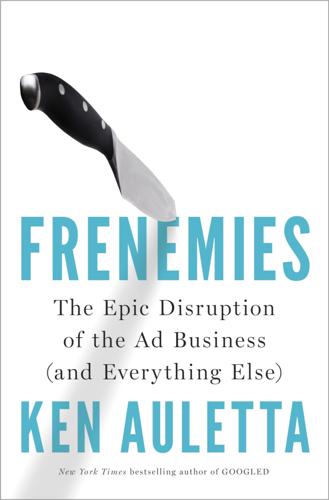
Frenemies: The Epic Disruption of the Ad Business
by
Ken Auletta
Published 4 Jun 2018
The agencies say clients are unwilling to share the risks, so why shouldn’t agencies be rewarded for taking risks? Of course, the issues raised by this controversy were broader than just rebates. Is advertising a relationship business, where accounts are won and lost on the golf course and over three-martini lunches, as had been caricatured for decades? Or is it a creative business, where consumers’ hearts and minds are captured by big, original ideas articulated with aesthetic brilliance, as the doyens of the Creative Revolution claimed? Or is it, increasingly, a science, in which leadership will gravitate to those who can capture and analyze the most data, as Silicon Valley and its digital gurus claim?

Pure Invention: How Japan's Pop Culture Conquered the World
by
Matt Alt
Published 14 Apr 2020
No crammed subways for the average American; he drove his own car in to work, perhaps in one of the gloriously chromed real-life inspirations for Kosuge’s tin Cadillac. And when he arrived at his office, he might very well arrive in his office—as in a room of his very own, assuming he’d worked his way through enough three-martini lunches to climb the corporate ladder. For American execs of the day, drinking was something you did on the clock. Japanese salarymen inevitably worked in open floor plans, their motions visible to all, cogs in a bigger machine. While Japanese companies valued aptitude in their employees, they valued the ability to follow the rules even more, as befit a system designed around seniority rather than personal triumphs.
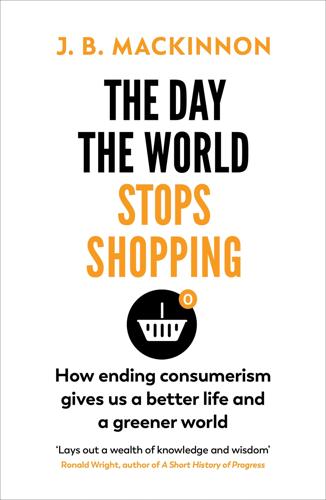
The Day the World Stops Shopping
by
J. B. MacKinnon
Published 14 May 2021
People didn’t stop napping or walking or playing cards in their downtime, at least not entirely; the crucial difference is that today we all do these things according to individual schedules. Meanwhile, every other form of resistance to perpetual productivity and consumption, from store closings on Thanksgiving and Christmas and at night, to New York’s three-martini lunch and London’s workday-afternoon pints, has gradually been vanquished. In Israel, the sabbath is now the busiest shopping day of the week. Politicians in Spain have chipped away at both Sunday-closing laws and the nation’s traditional daily break from work and shopping, the siesta. Historical sabbatarian strongholds, such as England, Germany and France, have weakened Sunday shopping limits in major cities almost out of existence.

The Death of Cancer: After Fifty Years on the Front Lines of Medicine, a Pioneering Oncologist Reveals Why the War on Cancer Is Winnable--And How We Can Get There
by
Vincent T. Devita, Jr., M. D.
and
Elizabeth Devita-Raeburn
Published 3 Nov 2015
We needed basic research, but we also, per the requirement of the National Cancer Act, needed to apply the results of that research to patients as quickly as possible. Rauscher also had a well-known weakness for alcohol. Every day, he and his immediate staff, known around the NIH as “the palace guard,” had a three-martini lunch at the Red Lion Inn on Wisconsin Avenue. Everyone knew that if you wanted to talk serious business, you met with Rauscher in the morning. If you wanted something from him, it was best to see him in the afternoon, when he was always more generous. The palace guardians were mostly close poker-playing friends of his.
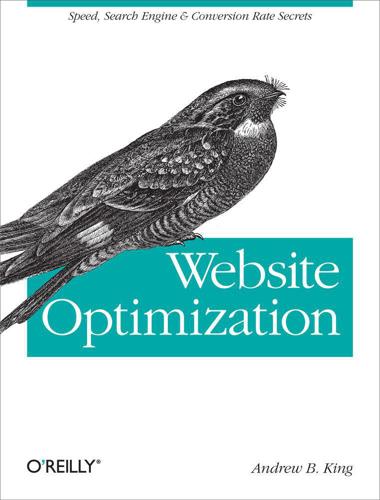
Website Optimization
by
Andrew B. King
Published 15 Mar 2008
Those who can code Cascading Style Sheets (CSS) in their sleep and use Twitter to update their Facebook friends about the most viral YouTube videos are not familiar with phrases such as "unique sales proposition," "risk reversal," and "solution selling." They are in need of this book. Those who remember three-martini lunches on Madison Avenue are still uncomfortable with link equity, robots.txt files, and Google analytics page tags. They need this book. Website Optimization brings together the science, the art, and the business of Internet marketing in a complete way—if you'll excuse the expression, in a textbook way.
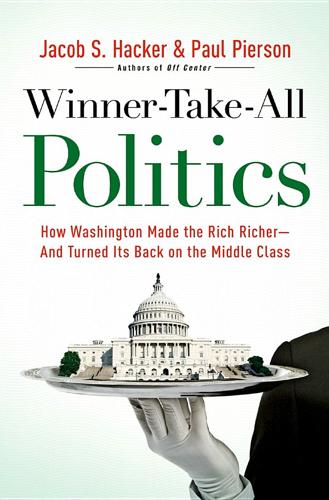
Winner-Take-All Politics: How Washington Made the Rich Richer-And Turned Its Back on the Middle Class
by
Paul Pierson
and
Jacob S. Hacker
Published 14 Sep 2010
The prime target was Carter’s tax initiative. Carter had campaigned on tax reform, calling the current code “a disgrace to the human race.” His initial proposals were a combination of standard Democratic calls for more progressivity (a hike in the capital gains tax; the elimination of some high-end deductions like the “three-martini lunch”) and a reformist dose of greater simplicity. By the time administration officials were ready to present a plan to Congress in January 1978, they had already scaled back their ambitions. The bill was far less progressive than had been anticipated; while it still included a hike in capital gains taxes, the change was modest and was tempered by various carrots for industry.

User Friendly: How the Hidden Rules of Design Are Changing the Way We Live, Work & Play
by
Cliff Kuang
and
Robert Fabricant
Published 7 Nov 2019
Designers began to strain against this assumption by the 1970s. One was Patricia Moore, who in 1978 arrived in New York fresh out of college, having landed a design job with Raymond Loewy. Even then, the office seemed like a museum diorama of early corporate man. Moore recalled managers who, when Loewy was out of the office, went out for three-martini lunches and came back too drunk to be productive. In an office filled with female secretaries, Moore was one of the few female designers on the staff. “I remember the chief model maker used to wear a cobbler’s apron and had a stogie in his mouth all day long. He used to spit in his trash can,” said Moore, over dinner in Phoenix, where she’s worked for several years, designing things such as the city’s quietly perfect streetcars.
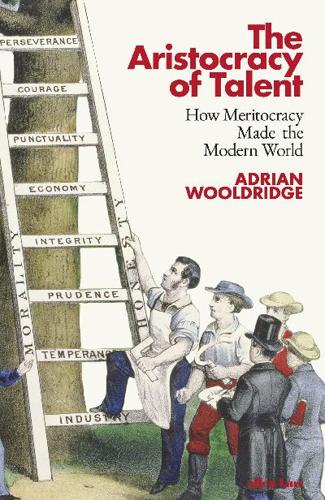
The Aristocracy of Talent: How Meritocracy Made the Modern World
by
Adrian Wooldridge
Published 2 Jun 2021
Business schools hatched professors who were notable not just for their knowledge of particular businesses but for their ability to produce intellectual models: strategists such as Michael Porter and finance theorists such as Michael Jensen, who tried to bring the rigour of economics to the study of business. They also mass-produced MBAs who had little time for the post-war business establishment, with its clubby culture and three-Martini lunches, and who wanted instead to force American business to sit up and shape up – by pursuing shareholder value if they were disciples of Jensen or by examining the operation of the ‘five forces’ if they were Porterites. The same cult of ‘smarts’ gripped management consultancies. Bruce Henderson, the founder of the Boston Consulting Group (BCG), believed that the company’s only chance of challenging McKinsey lay in out-thinking it rather than out-networking it.

The Friendly Orange Glow: The Untold Story of the PLATO System and the Dawn of Cyberculture
by
Brian Dear
Published 14 Jun 2017
We don’t want corporate salespeople dealing with our users. They come from a different environment….The main market for PLATO is industry. And the Control Data sales force is much more industry oriented than they are education oriented. When these fellows come in with their three-piece suits and they take faculty members out for their three-martini lunch and so on, it doesn’t have the academic feel to it that it needs to have to be successful on the campus.” Another site, the University of Maryland, Baltimore County (UMBC), installed a PLATO system of its own in 1982, and also banned CDC personnel from poking their heads in on campus unless they were there for a specific purpose such as repairing equipment.
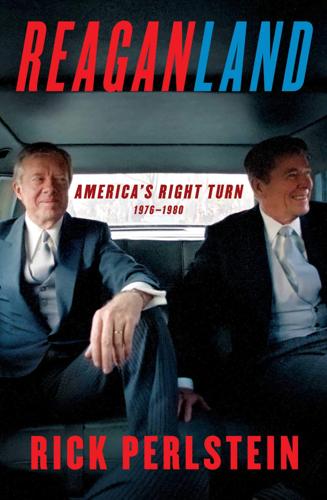
Reaganland: America's Right Turn 1976-1980
by
Rick Perlstein
Published 17 Aug 2020
There was, however, a very powerful constituency for tax complexity. They were already hard at work. For instance, the hotel and restaurant lobbies went to ground to fight Carter’s proposal to rein in abuses of the tax code’s allowance for “ordinary and necessary business expenses”—what the press dubbed his war against the “three-martini lunch.” Carter responded, “I don’t care how many martinis anyone has with lunch. But I do care who picks up the check. I don’t think a relatively small minority has some sort of divine rights to have expensive meals, free theater tickets, country club dues, sporting events tickets, paid for by heavier taxes by everybody else.”
…
Michelmore, Tax and Spend: The Welfare State, Tax Politics, and the Limits of American Liberalism (State College: University of Pennsylvania Press, 2012), 128. chairman of Carter’s Board Stein, Pivotal Decade, 193–94. Ways and Means chairman Kuttner, Revolt of the Haves, 246; “Ullman Opposes Plan to Tighten Business Expense-Account Taxes,” NYT, January 19, 1978. Robert Packwood “The Tax Education of Jimmy Carter,” Fortune, January 16, 1978 “three-martini lunch” Kuttner, Revolt of the Haves, 234; Vogel, Fluctuating Fortunes, 174; Virginia Payette column, United Features, May 22, 1978; “Business Or Pleasure?” Lakeland Ledger, June 13, 1978. “how many martinis” “The President’s News Conference,” February 17, 1978, APP. On January 23 George Gallup column, January 23, 1978.
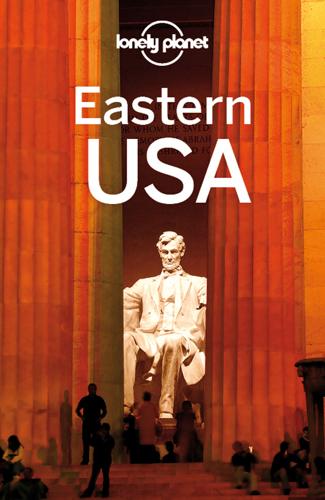
Eastern USA
by
Lonely Planet
Most of all, they love a steaming cup of coffee. After a midmorning snack break, most American workers’ lunch hour affords time enough for just a sandwich, quick burger or hearty salad. While you may spot (rarely) diners drinking a glass of wine or beer with their noontime meal, the days of the ‘three martini lunch’ are long gone. Early in the evening, people settle in to a more substantial weeknight dinner, which, given the workload of so many two-career families, might be takeout or prepackaged dishes. Thanksgiving may be the only holiday (held the last Thursday in November) where most Americans would agree on the menu – roast turkey, stuffing, mashed potatoes, cranberry sauce and pumpkin pie – but even then appetizers, side dishes and desserts might freestyle into Latino, African or Hawaiian flavors.

USA Travel Guide
by
Lonely, Planet
Lunch Usually after a midmorning coffee break, an American worker’s lunch hour affords only a sandwich, quick burger or hearty salad. The formal ‘business lunch’ is more common in big cities like New York, where food is not necessarily as important as the conversation. While you’ll spot diners drinking a beer or a glass of wine with their lunch, long gone are the days when the ‘three martini lunch’ was socially acceptable. It was a phenomenon common enough in the mid-20th century to become a kind of catchphrase for indulgent business lunches, usually written off as a corporate, tax-deductible expense. The classic noontime beverage, in fact, is a far cry from a martini: iced tea (and yes, almost always with unlimited refills).